Wilson Disease Mri Brain
Wilson disease mri brain. MRI studies have identified focal abnormalities in the white matter pons and deep. Positive findings believed secondary to this condition were found in 15 subjects. Wilson disease hepatolenticular degeneration is an autosomal recessive defect in cellular copper transport.
6 8 Neurologic WD is one of the main forms of the disease. In Wilson disease WD T2T2weighted T2w MRI frequently shows hypointensity in the basal ganglia that is suggestive of paramagnetic deposits. It is currently unknown whether this hypointensity is related to copper or iron deposition.
Interval changes on follow-up MR imaging were also closely correlated with clinical findings and. MRI of the brain appears to be more sensitive than CT scanning in detecting early lesions of Wilson disease. The face of the giant panda sign panda sign of the midbrain or double-panda sign is a characteristic pandas face appearance in magnetic resonance imaging MRI images of people with Wilsons disease.
This article aims to discuss the central nervous system manifestations of this condition. It is found worldwide with a prevalence of approximately 1 case in 30000 live births in most populations. Dysarthria tremor ataxia rigiditybradykinesia and choreadystonia.
Wilsons disease is an inherited disorder in which defective biliary excretion of copper leads to its accumulation particularly in the liver and brain. The patients were scanned using spin-echo SE sequences. Wilsons disease WD is due to excessive copper accumulation in the liver and brain 1.
The neurologist was looking for typical symptoms. Wilson disease also known as hepatolenticular degeneration is a multisystem disease due to abnormal accumulation of copper. It is characterized by early onset liver cirrhosis with CNS findings most frequently affecting the basal ganglia and midbrain.
1 In addition a second miniature panda face can be seen in the high signal abnormality in the pons figure C. To describe the spectrum of brain abnormalities in Wilson disease hepatolenticular degeneration as depicted at magnetic resonance MR imaging and computed tomography CT and to relate these findings to neurologic and hepatologic abnormalities.
The neurologist was looking for typical symptoms.
The National Organizations for Rare Disorders NORD reported that 1 in every 30000 to 40000 people in the world are affected by WD 1. To describe the spectrum of brain abnormalities in Wilson disease hepatolenticular degeneration as depicted at magnetic resonance MR imaging and computed tomography CT and to relate these findings to neurologic and hepatologic abnormalities. 3 5 WD leads to intracellular copper accumulation causing damage to many organs especially the brain. Dysarthria tremor ataxia rigiditybradykinesia and choreadystonia. In Wilson disease WD T2T2weighted T2w MRI frequently shows hypointensity in the basal ganglia that is suggestive of paramagnetic deposits. Wilson disease also known as hepatolenticular degeneration is a multisystem disease due to abnormal accumulation of copper. It is found worldwide with a prevalence of approximately 1 case in 30000 live births in most populations. Patients neurological symptoms brain MRI features and laboratory findings were noted. The patients were scanned using spin-echo SE sequences.
To describe the spectrum of brain abnormalities in Wilson disease hepatolenticular degeneration as depicted at magnetic resonance MR imaging and computed tomography CT and to relate these findings to neurologic and hepatologic abnormalities. Positive findings believed secondary to this condition were found in 15 subjects. It is found worldwide with a prevalence of approximately 1 case in 30000 live births in most populations. Thirty-eight patients with biochemically proven Wilsons disease underwent magnetic resonanceimaging MRI of the brain as well as neurological examinations. Fifty patients with Wilson disease participated in the cross-sectional. The face of the giant panda sign panda sign of the midbrain or double-panda sign is a characteristic pandas face appearance in magnetic resonance imaging MRI images of people with Wilsons disease. 1 In addition a second miniature panda face can be seen in the high signal abnormality in the pons figure C.




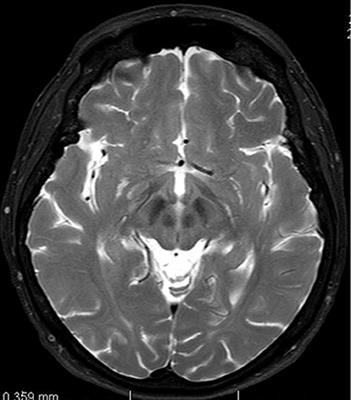





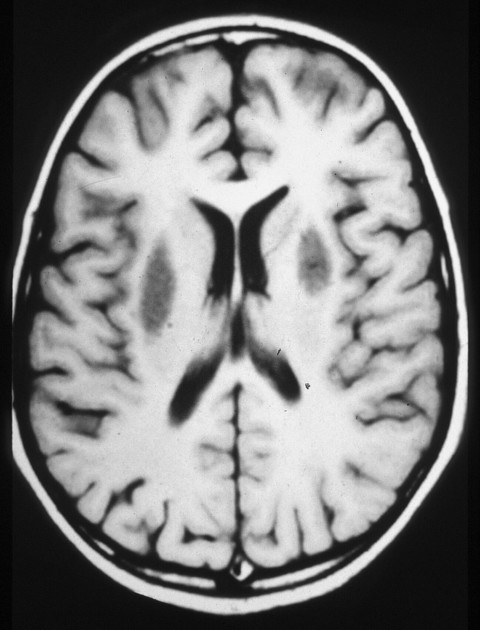







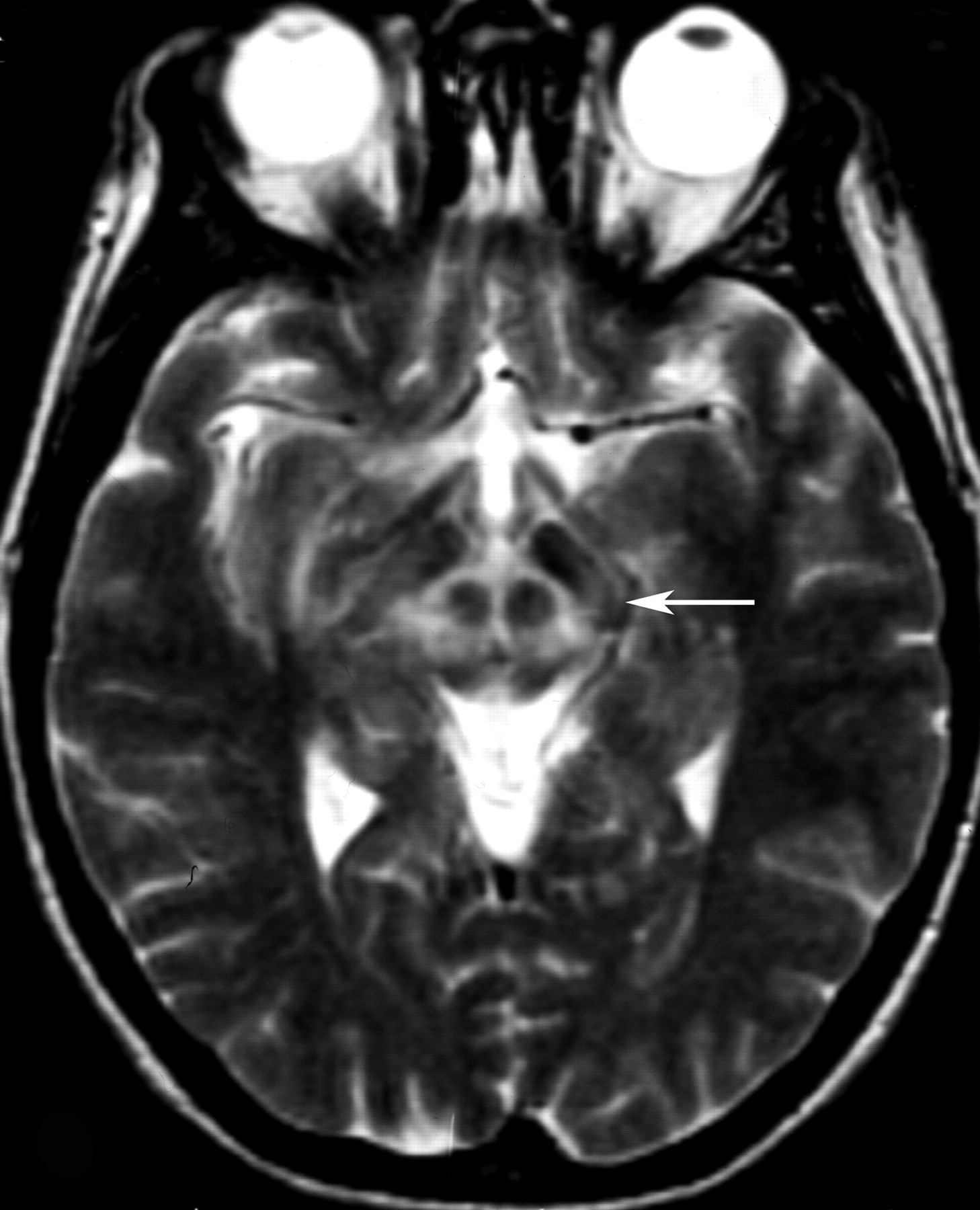





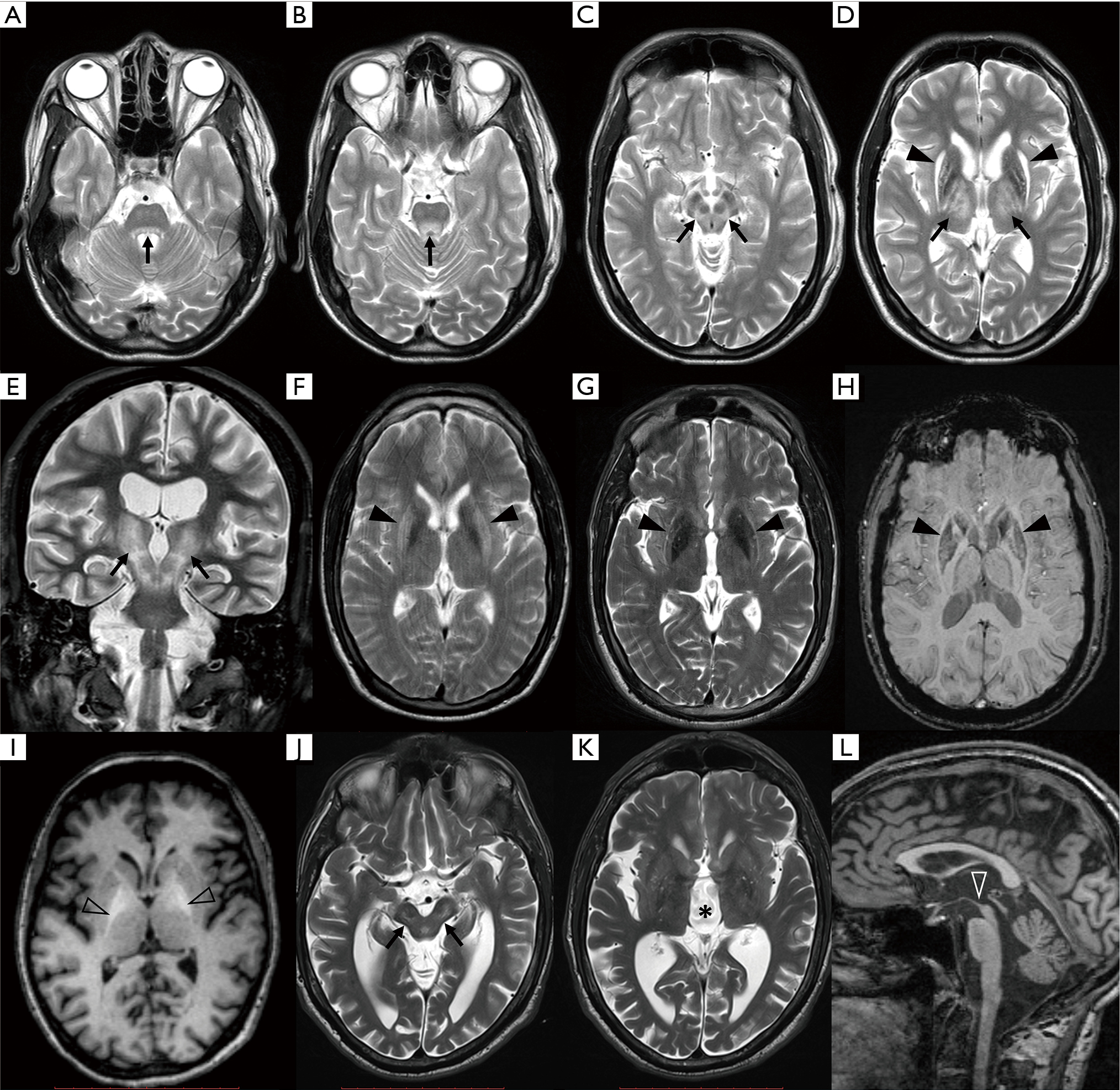




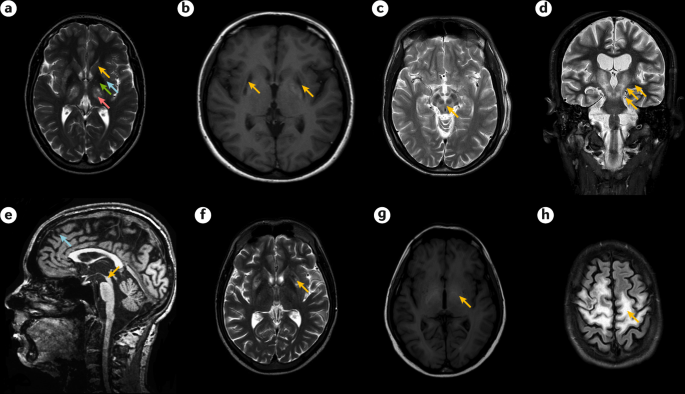







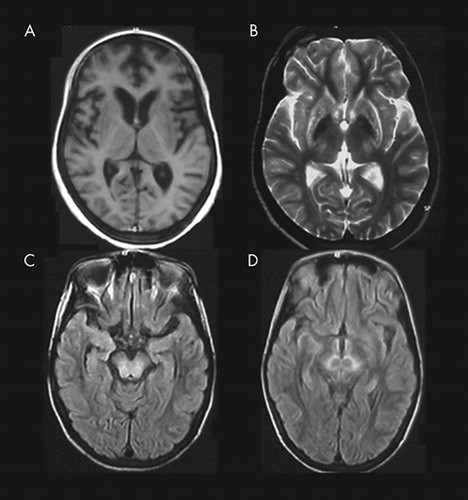


Post a Comment for "Wilson Disease Mri Brain"